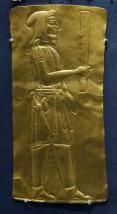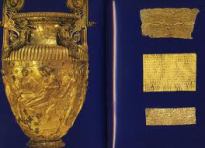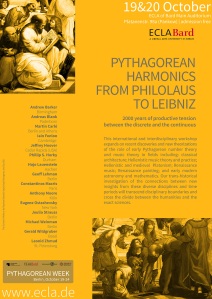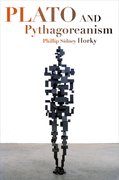Sandrine Berges has posted an excellent critique of some recent trends in scholarship on Pythagorean philosophy which do not account for the presence of women among the Pythagorean communities. This is an important issue in the history of philosophy, since the Pythagoreans are likely to have been the first philosophical community to include women (Plato’s Academy included them as well). What she says about the texts ascribed to Perictione, Theano, and Myia also applies to the other texts collected under the umbrella of the ‘Hellenistic Pythagorean’ corpus (a term that I now prefer to Pseudopythagorica). I hope people will heed Sandrine’s call and get to work!
Feminist History of Philosophy
Until recently my doing ancient philosophy meant writing about Plato and Aristotle with a side helping of the Stoics. Then I decided to look into ancient women philosophers and discovered, among others, Perictione I, the author of a short text called « On the Harmony of Women ». Looking around on the internet for something to read to bolster my so far meager research on Perictione, I was delighted to come accross two brand new titles on Pythagorean women writers : Annette Bourland’s Huizanga’s Moral Education for Women in the Pastoral and Pythagorean Letters , and Sarah Pomeroy’s Pythagorean women : their History and Writings.This adds to a non-negligeable existing literature on the topic, counting the first four chapters of volume I of Waithe’s History of Women Philosophers , and Plant’s anthology Women Writers of Ancient Greece and Rome.
Then…
View original post 1,053 more words




